This is an interesting development in the world of printed electronics introduced by Prof.Ana Claudia Arias from University of California Berkeley at the ePrint Swiss conference which took place a few weeks ago in Buchs, Switzerland. This technology is now being commercialized by InkSpace Imaging As shown in slide one, the basis of this technology are coils composed of a loop of wires (inductance) and four capacitors, two of which are used to match RF power of MRI and two are used to tune for skin frequency. The current non-printed incumbent manufacturing process for commercial coils is based on high-quality electronic components such as porcelain capacitors, thick copper traces (75um or so) and low-loss substrate (e.g., 75-μm-thick Pyralux AP low-loss substrate) The challenge with the current technology is that the current coil arrays are made for adults, as shown in slide two. As such, they do not fit well to the contours of the pediatric body. The misfit adds to discomfort for babies who may have to be subjected to MRI once a week because MRI is the safe option since it does not exposure patient to ionization radiation. Furthermore, the poor physical fit also means a poor signal-to-noise ratio, meaning that long scan times (e.g., 2 hours) will be needed to obtain images with sufficient resolution (note: typical exposure times are 20-30min for adults). This makes it very difficult for pediatric patients in particular who may need to be sedated to prevent motion artefacts These coil structures can be printed on flexible substrates, enabling the coil array to closely follow the contours of the body of the pediatric patient. Slide three also shows how this could be achieved. In one design, the structure consisted of screen-printed Ag paste with micron-sized particles, dielectric (UV curable resin + BaTiO3), Ag paste (30um screen printed) atop a 75-um PET substrate. Here
In an improved novel design which simplified the manufacturing process, the PET substrate is replaced with a 75-um PEEK with itself acts as the dielectric. Thus, two Ag pastes are printed on each side. Here, the ere is no need to print and cure (UV +heat) the dielectric layer (UV curable resin + BaTiO3 ink)
In all cases screen printing is deployed because thick layers with high conductivity must be printed over large areas at low cost. Now the question is how does this printed coil system perform? The Q-factor is an important figure-of-merit. The Q-factor for the standard technology however is at first glance much higher than the printed version (400 vs 25?). However, in reality, when the non-printed coil comes into contact with the body, the coupling causes a huge loss of the Q-factor, reducing the gap between the printed and non-printed versions Furthermore, now the key advantage of printed solutions comes into play: flexibility. This means that it can sit much closer to the body of the baby. As shown in slide 4 the relative SNR (signal to noise ratio) drops as the distance to the body increases! This means that the solution sitting closer to the body- even when it has a lower Q-factor- can offer a superior performance!! This is a wonderful and clever solution, solving a real problem with the key benefits and unique value propositions of printed flexible electronics
The results of this study were published here https://www.nature.com/articles/ncomms10839



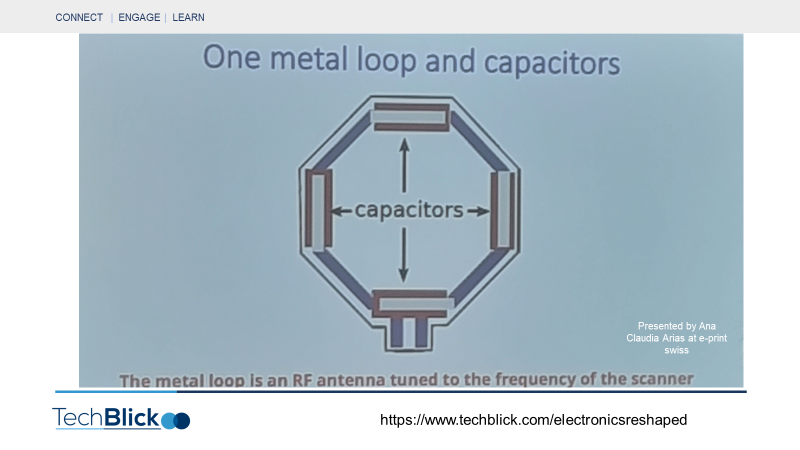

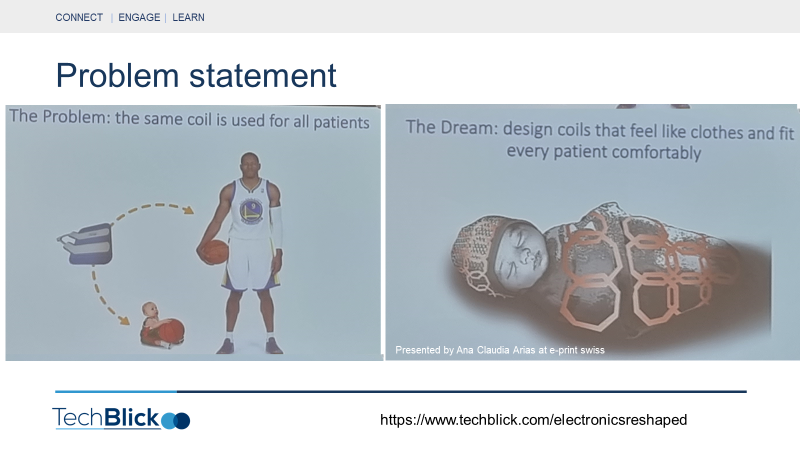

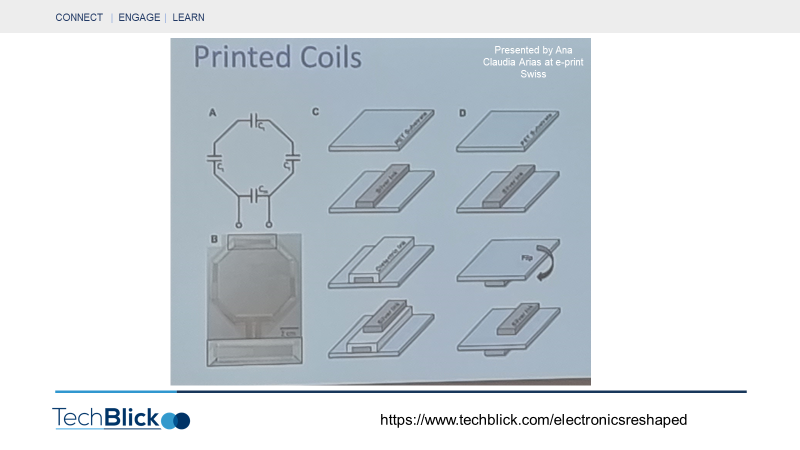



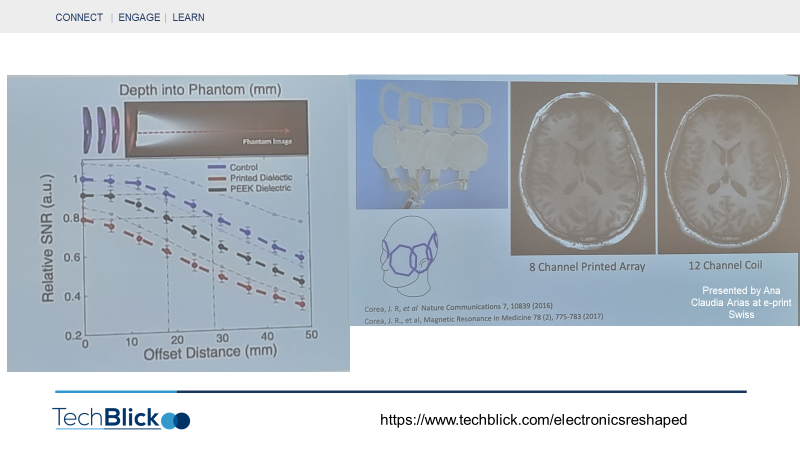

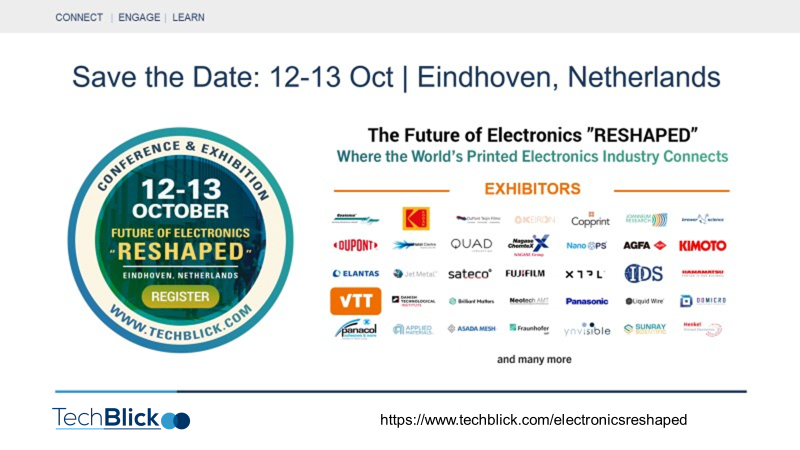

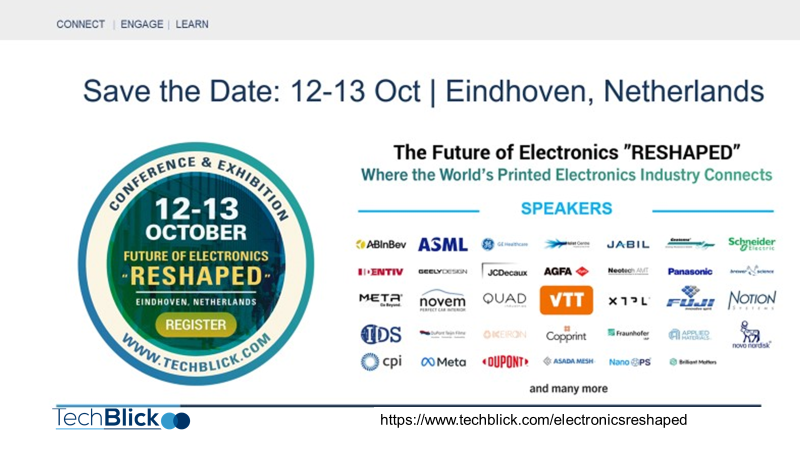
Comments